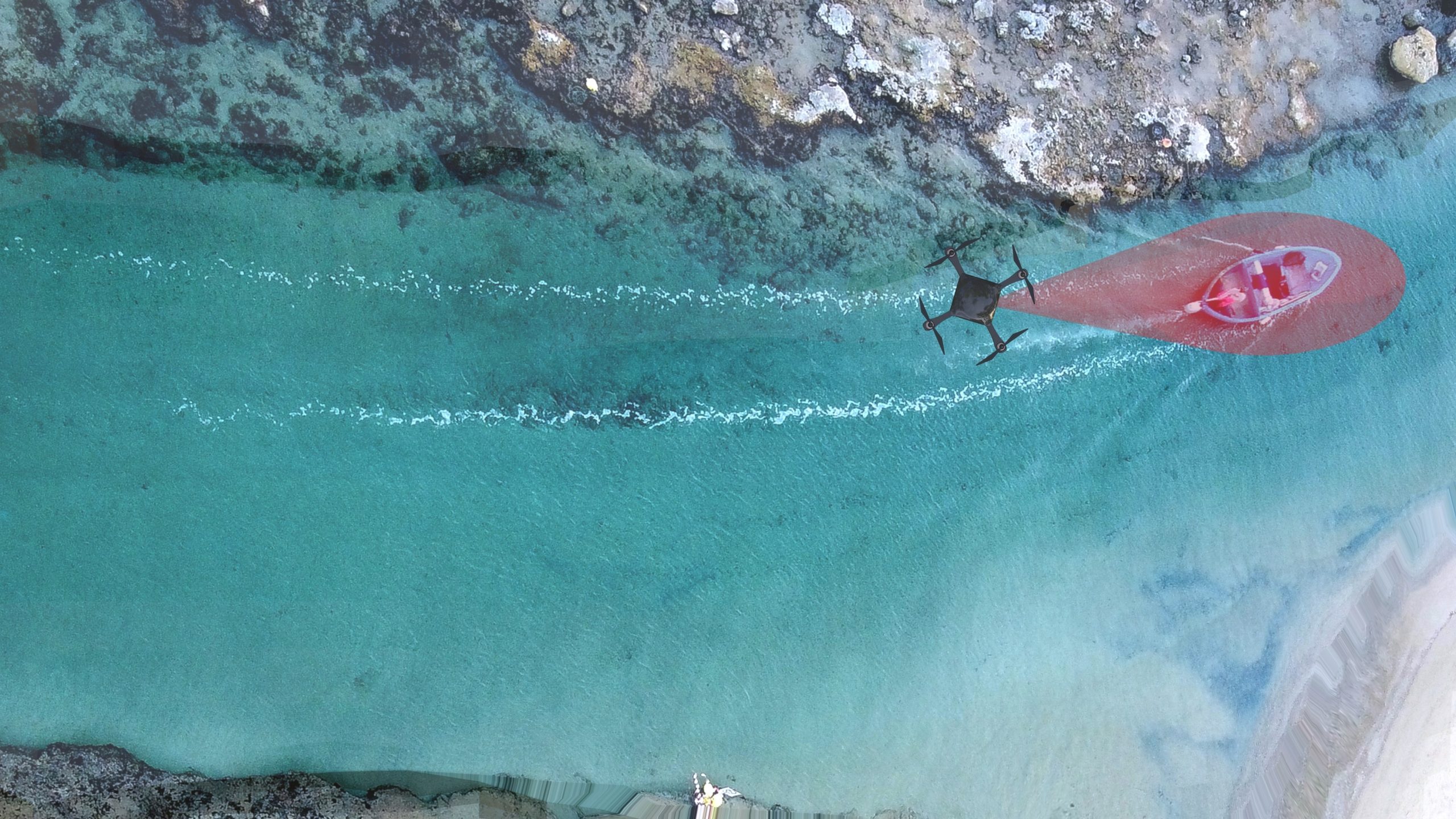LPD connectivity for military drones – fact or fiction?
by Macy Summers
Unmanned aerial vehicles (UAV) are forming an ever more important part of the defence and security industry’s arsenal, with much of the Russian-Ukraine conflict being undertaken using UAVs. Unmanned drones can undertake reconnaissance missions on a relatively small budget, as well as be used as part of a broader fleet to attack the enemy.
Connectivity challenges
Ensuring constant connectivity and capturing data from drones is vital, however, connectivity can also create the potential for detection from adversaries. It’s been reported that Ukraine has been losing up to 10,000 UAVs per month due to Russian forces detecting and destroying them.
While 5G networks have brought new capabilities to military drone connectivity (high bandwidth, low latency), there are significant challenges. 3GPP 5G technology (5G commercial networks) is unsuited to drones because it requires subscriptions to a network operator and supporting infrastructure such as mobile towers.
Using traditional Wi-Fi may enable drones to hide in plain sight due to the sheer number of devices connected, but the signal is omnidirectional, short-range and easily interfered with and detected, making it a risk in a battlefield environment. 3GPP 5G mobile networks encounter similar interference and detection issues but command longer range than beyond line of sight due to their use of tall mobile towers and lower frequencies.
There are also private 5G networks which may be more suitable for drone connectivity because they use a dedicated slice of the spectrum, enable a direct connection and provide low latency. However, the use of spectrum is tightly regulated and there isn’t much clarity around how spectrum should be shared between commercial and military users.
Finally, the key challenge of all the above technologies delivering drone connectivity is the inherent detectability of all devices connected to any of these networks, be it Wi-Fi, 3GPP commercial or private 5G mobile networks.
Getting connectivity right
Increasingly 5G mmWave-based systems are emerging as the secure, stealthy and resilient connectivity solution for drones.
The key benefit of mmWave 5G connectivity is that it can provide a higher bandwidth than ever possible before, with speeds up to 100s of Mbit per second and, with no single point of failure, meets the necessary IT governance and cybersecurity standards.
Importantly, mmWave technology exploits licence-exempt, non-commercial spectrum frequency bands, such as the V band at 57-71 GHz. The V band as the unlicensed mmWave radio frequency band has the unique capability of being LPD (Low Probability of Detection) by its very physical nature.
Low latency is another essential attribute of a mmWave-based network. mmWave networks deliver 10× lower latency compared to commercial 5G networks due to the point-to-point nature of the networks rather than the centralised network architecture typical for commercial 5G.
Extended drone potential with connectivity
Undertaking reconnaissance missions is proving to be a strong use case for drones. Relatively low budget and with the potential to capture swathes of data and images on a single trip, drones can undertake intel-gathering missions, replacing manned vehicles or infantry on foot, and thus reducing the risk to life.
However, with reliable and stealthy connectivity, drones can deliver so much more:
- Working with a tactical vehicle, drones can connect and communicate via nodes fixed to the top of the vehicle. With communication distances of up to 4,000m, medium-sized drones are able to go over to inaccessible locations, and travel at heights of several hundreds (or even thousands) of metres.
- Drones can also work in collaboration with multiple other drones, forming a mesh network to extend coverage, connecting up to 30 nodes and covering a distance of up to 15,000m. This deployment can cover a huge area and gather significant amounts of intel, all fed back in real time to the tactical unit, where it can be swiftly analysed.
- Drones can assist in manned-to-unmanned teaming (MUM-T), covering a two-mile distance through a swarm of drones. Drones can share data and control themselves, but connect back to a manned vehicle that can make informed decisions on next steps or further reconnaissance.
- For drones landing on an aircraft carrier, 5G mmWave connectivity can prove vital. Disguising electromagnetic transmissions is critical for a drone in a hostile environment, but actually landing on a moving vessel, potentially on choppy waters, is risky too, so the drone’s ability to connect to the ship and come in to land safely is vital.
Expert partner
To ensure reliable LPD connectivity it’s crucial to partner with specialists in this field. Blu Wireless has years of experience, coupled with our ongoing research and development.
Our proven expertise enables us to deliver reliable connectivity in challenging environments and customise solutions for even the most unpredictable situations.
Learn more about our PhantomBlu offering for the defence sector here.

